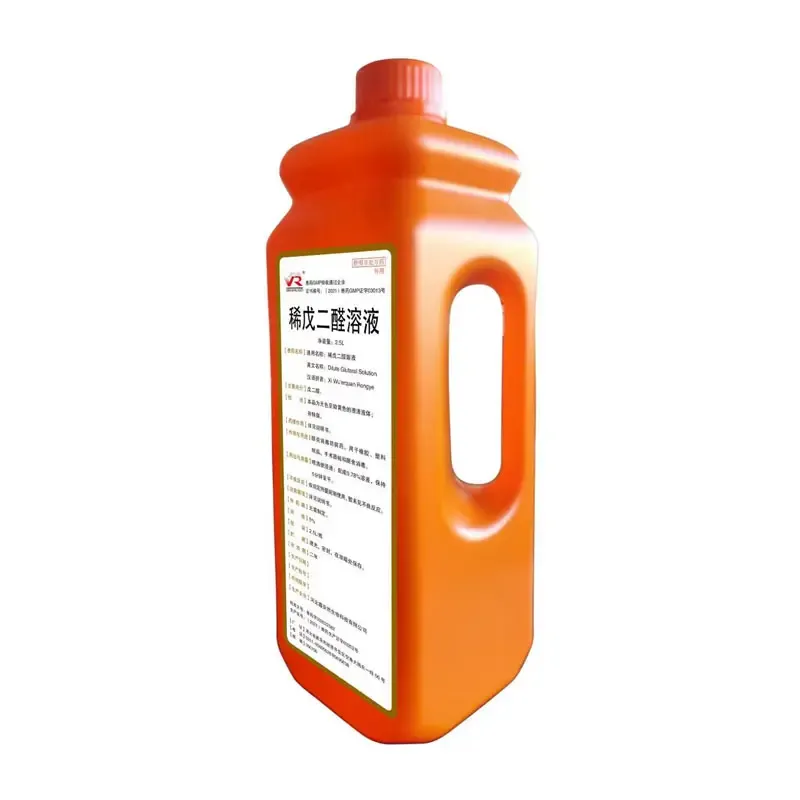- Afrikaans
- Albanian
- Amharic
- Arabic
- Armenian
- Azerbaijani
- Basque
- Belarusian
- Bengali
- Bosnian
- Bulgarian
- Catalan
- Cebuano
- Corsican
- Croatian
- Czech
- Danish
- Dutch
- English
- Esperanto
- Estonian
- Finnish
- French
- Frisian
- Galician
- Georgian
- German
- Greek
- Gujarati
- Haitian Creole
- hausa
- hawaiian
- Hebrew
- Hindi
- Miao
- Hungarian
- Icelandic
- igbo
- Indonesian
- irish
- Italian
- Japanese
- Javanese
- Kannada
- kazakh
- Khmer
- Rwandese
- Korean
- Kurdish
- Kyrgyz
- Lao
- Latin
- Latvian
- Lithuanian
- Luxembourgish
- Macedonian
- Malgashi
- Malay
- Malayalam
- Maltese
- Maori
- Marathi
- Mongolian
- Myanmar
- Nepali
- Norwegian
- Norwegian
- Occitan
- Pashto
- Persian
- Polish
- Portuguese
- Punjabi
- Romanian
- Russian
- Samoan
- Scottish Gaelic
- Serbian
- Sesotho
- Shona
- Sindhi
- Sinhala
- Slovak
- Slovenian
- Somali
- Spanish
- Sundanese
- Swahili
- Swedish
- Tagalog
- Tajik
- Tamil
- Tatar
- Telugu
- Thai
- Turkish
- Turkmen
- Ukrainian
- Urdu
- Uighur
- Uzbek
- Vietnamese
- Welsh
- Bantu
- Yiddish
- Yoruba
- Zulu
Desemba . 15, 2024 02:13 Back to list
Exploring the Uses and Effects of Oxytetracycline in Veterinary Medicine and Agriculture
The Significance of Oxytetracycline A Deep Dive into Its 20% Formulation
Oxytetracycline, a member of the tetracycline class of antibiotics, has carved out a substantial niche in the medical and agricultural sectors since its discovery in the early 1950s. Known for its broad-spectrum activity against a wide range of gram-positive and gram-negative bacteria, oxytetracycline plays a pivotal role in treating various infections. The formulation containing 20% oxytetracycline is particularly noteworthy, as it offers an effective balance between potency and safety, making it suitable for both medical and veterinary applications.
Mechanism of Action
The effectiveness of oxytetracycline is primarily attributed to its ability to inhibit protein synthesis in bacteria. This is achieved by binding to the 30S ribosomal subunit, preventing aminoacyl-tRNA from attaching to the ribosome. As a result, bacterial growth and reproduction are halted, giving the host's immune system a fighting chance to eliminate the infection. This broad mechanism not only allows oxytetracycline to combat various bacterial infections but also contributes to its utility in treating certain protozoal infections.
Medical Applications
In human medicine, 20% oxytetracycline is often used to treat infections caused by susceptible organisms, including respiratory tract infections, urinary tract infections, and certain skin conditions. Its anti-inflammatory properties also make it beneficial for treating acne and rosacea. Moreover, oxytetracycline is occasionally utilized in combination with other antibiotics to tackle more complex infections that are resistant to standard treatments.
Veterinary Uses
oxytetracycline 20

The agricultural sector also extensively employs oxytetracycline, particularly in veterinary medicine. The 20% formulation is commonly used in livestock to control and prevent bacterial infections, thus promoting animal health and productivity. Poultry, cattle, and swine are regularly treated with oxytetracycline to manage respiratory diseases, enteritis, and other bacterial infections. Moreover, this antibiotic is also used prophylactically to avoid disease outbreaks in large herds or flocks, thus ensuring food security and economic stability in the farming industry.
Challenges of Antibiotic Resistance
Despite its effectiveness, the widespread use of oxytetracycline raises concerns about antibiotic resistance. Overusing or misusing antibiotics can lead to the development of resistant bacterial strains, rendering these medications ineffective. This problem is particularly acute in agriculture, where low-dose antibiotics are often administered to promote growth in healthy animals. Consequently, there is a growing need for responsible antibiotic stewardship in both human and veterinary medicine to preserve the efficacy of oxytetracycline and other vital antibiotics.
Conclusion
The 20% formulation of oxytetracycline stands as a testament to the enduring importance of antibiotics in managing infections and maintaining health across species. Its mechanism of action, broad-spectrum efficacy, and practical applications make it a valuable tool for healthcare providers and veterinarians alike. However, as we progress further into the 21st century, it is imperative to confront the challenges posed by antibiotic resistance head-on. Through responsible usage, enhanced surveillance, and ongoing research into alternative therapies, we can ensure that oxytetracycline and other antibiotics continue to remain effective in our fight against infectious diseases.
In summary, while oxytetracycline has proven to be an effective antimicrobial agent, the implications of its use extend beyond mere treatment. It embodies the intricate balance between promoting health and mitigating the risk of resistance. As research continues to evolve, so too must our strategies in utilizing this important antibiotic, ensuring it remains a cornerstone of both human and veterinary medicine for years to come.
-
Guide to Oxytetracycline Injection
NewsMar.27,2025
-
Guide to Colistin Sulphate
NewsMar.27,2025
-
Gentamicin Sulfate: Uses, Price, And Key Information
NewsMar.27,2025
-
Enrofloxacin Injection: Uses, Price, And Supplier Information
NewsMar.27,2025
-
Dexamethasone Sodium Phosphate Injection: Uses, Price, And Key Information
NewsMar.27,2025
-
Albendazole Tablet: Uses, Dosage, Cost, And Key Information
NewsMar.27,2025













